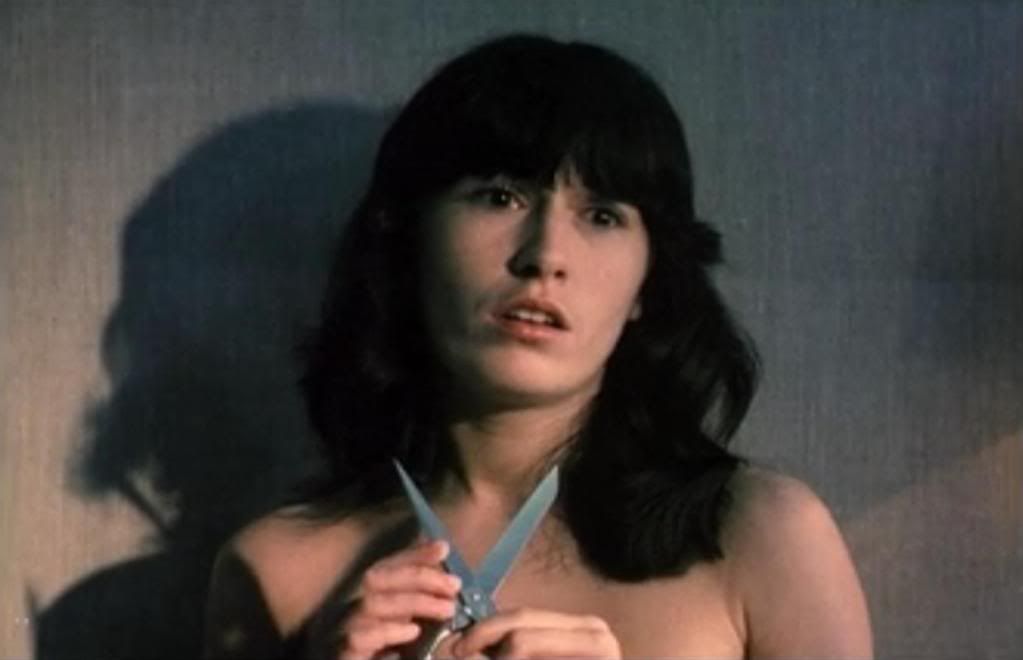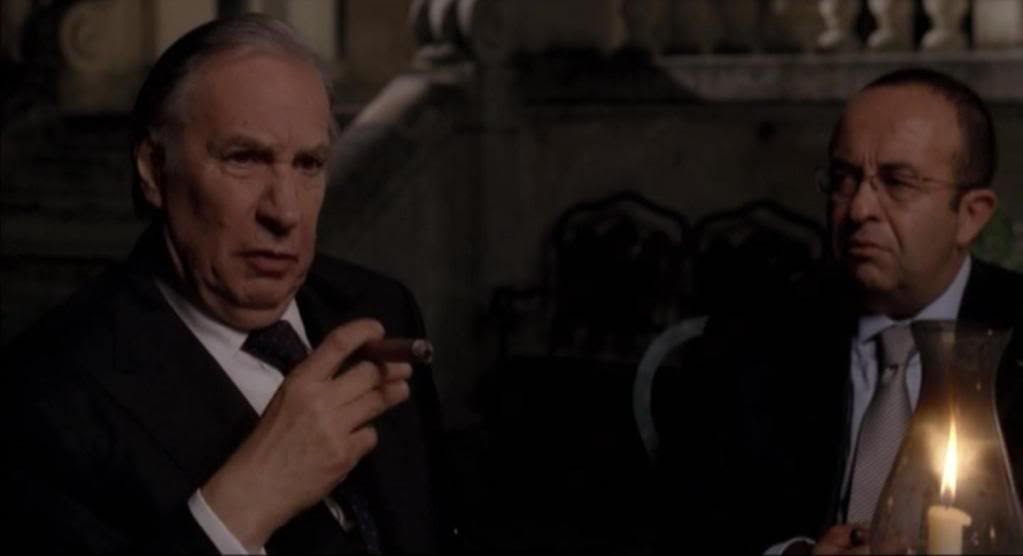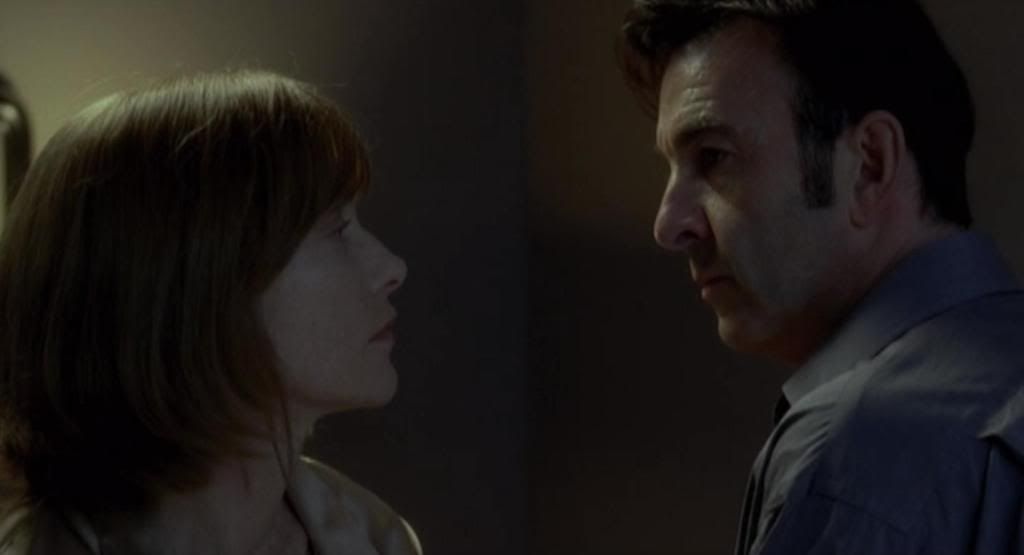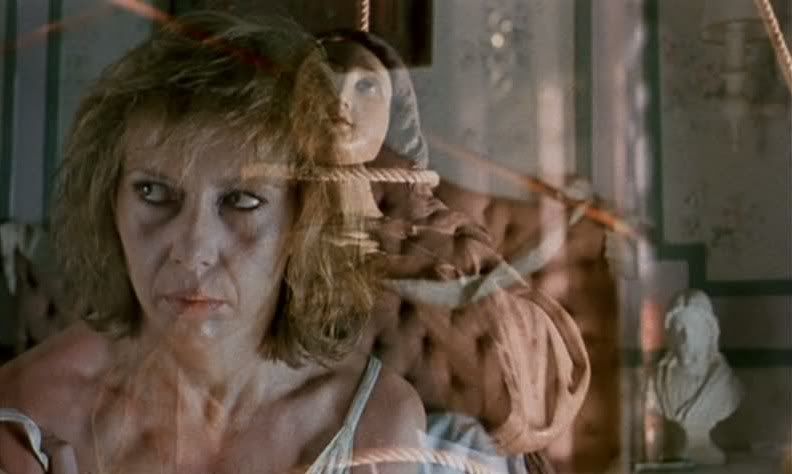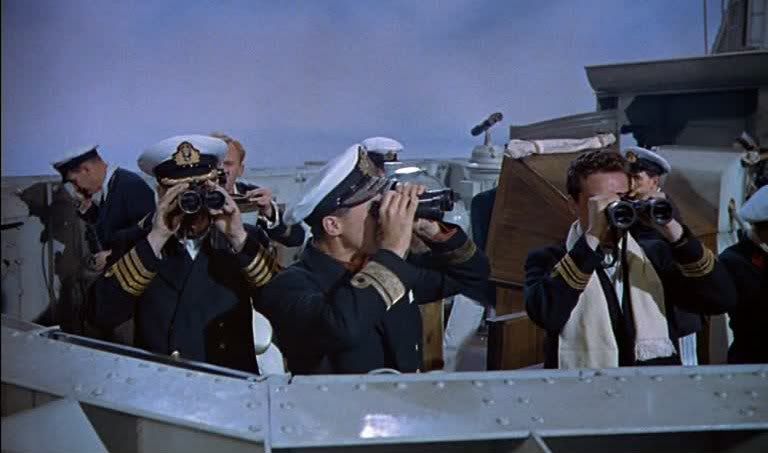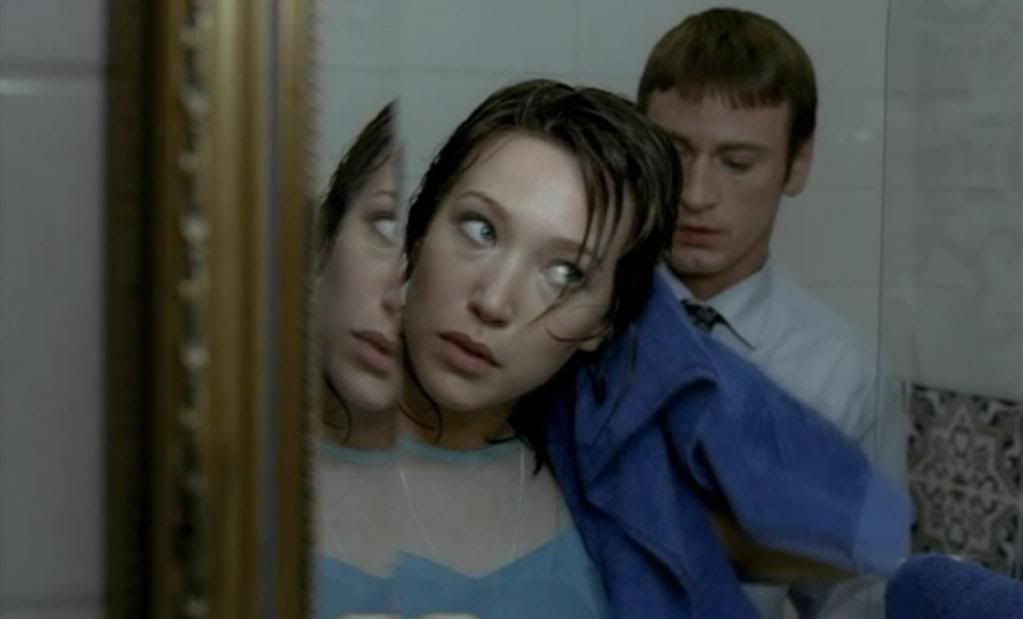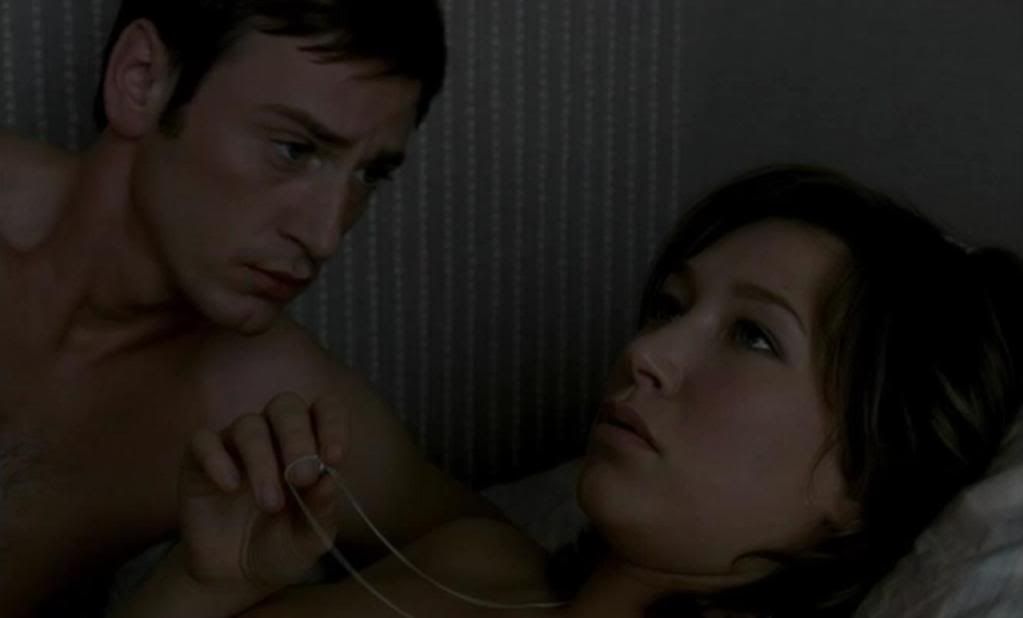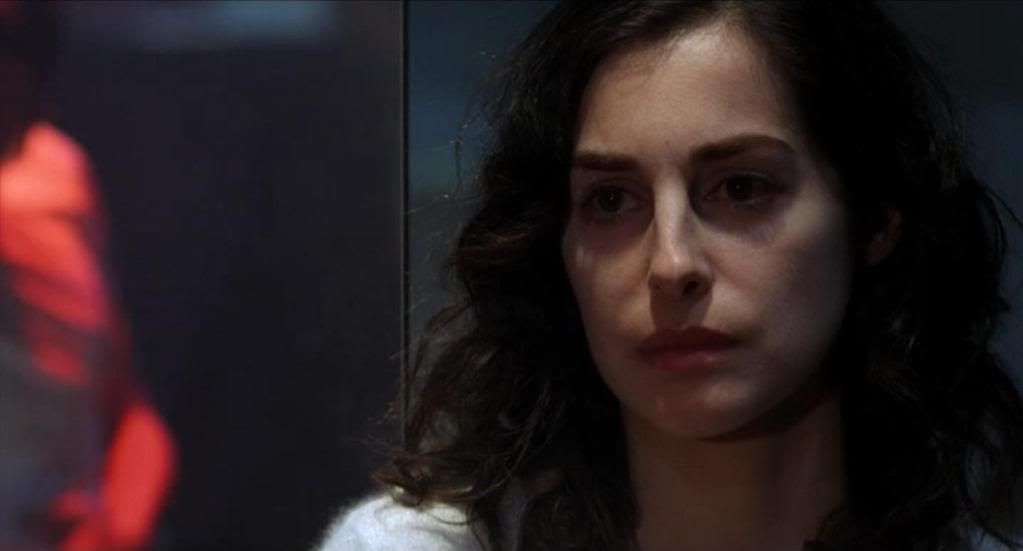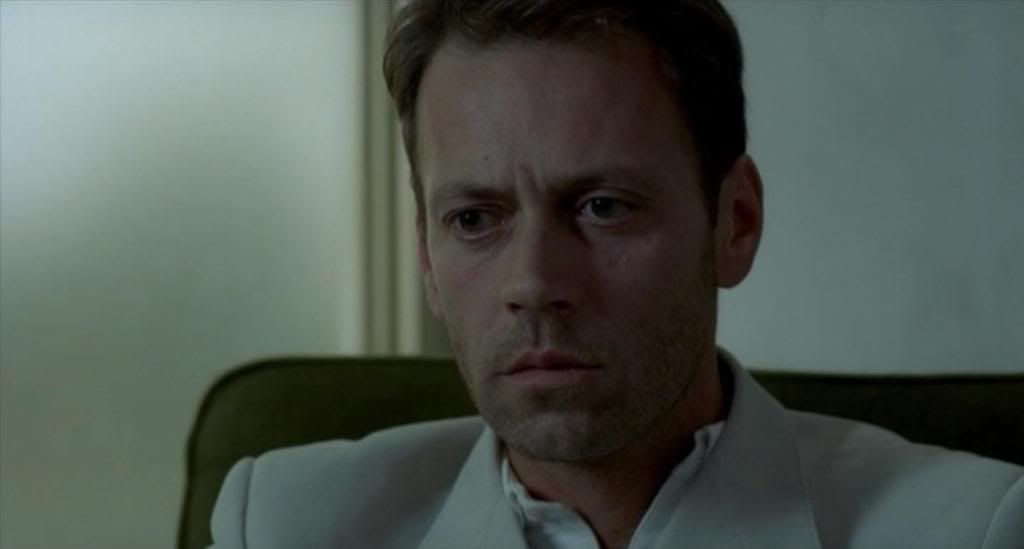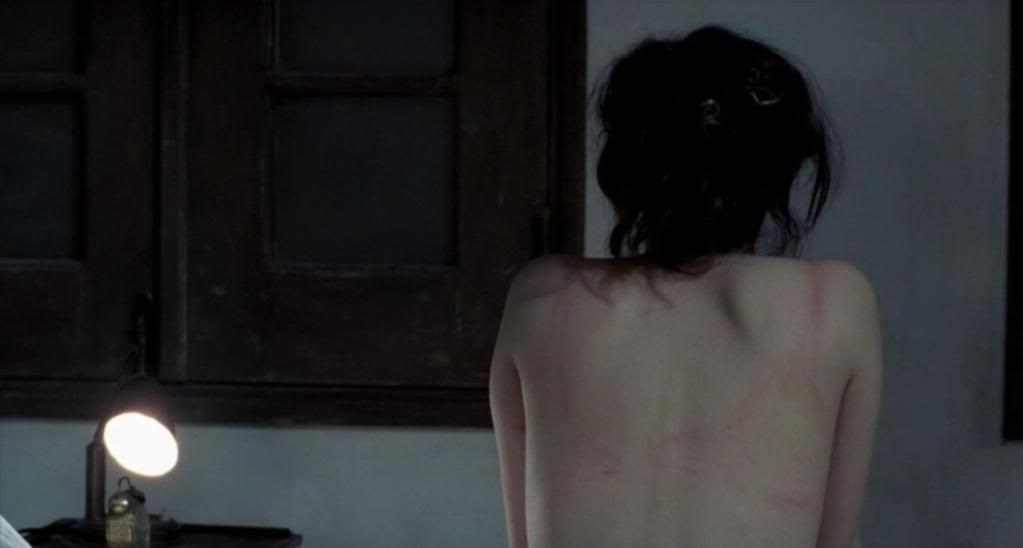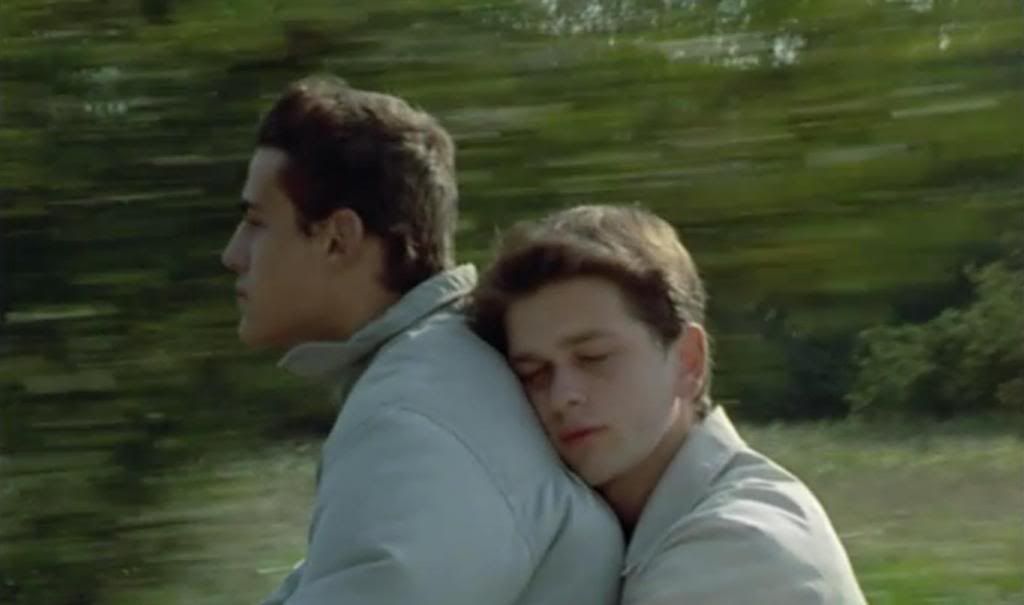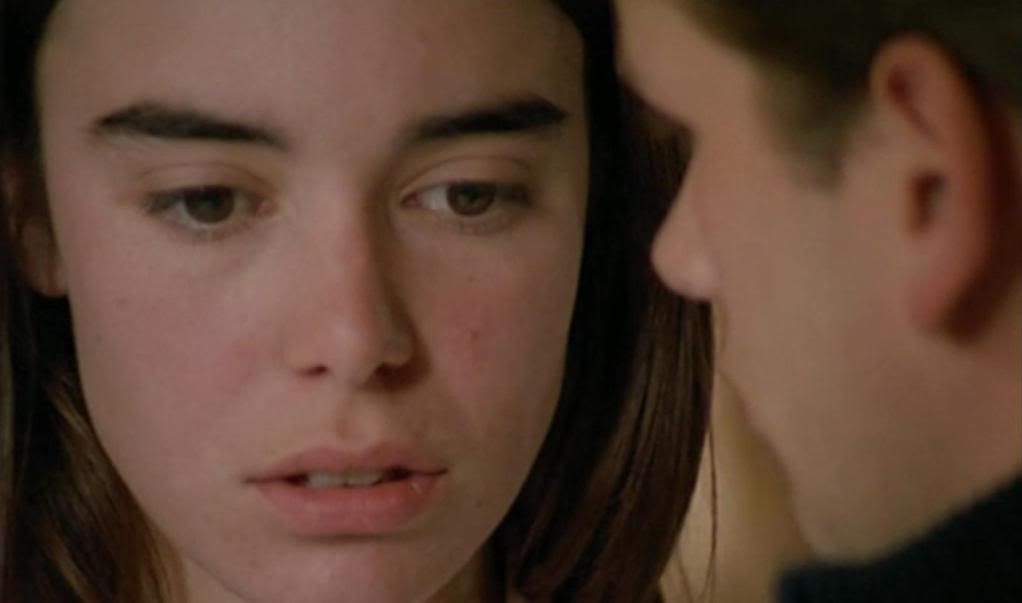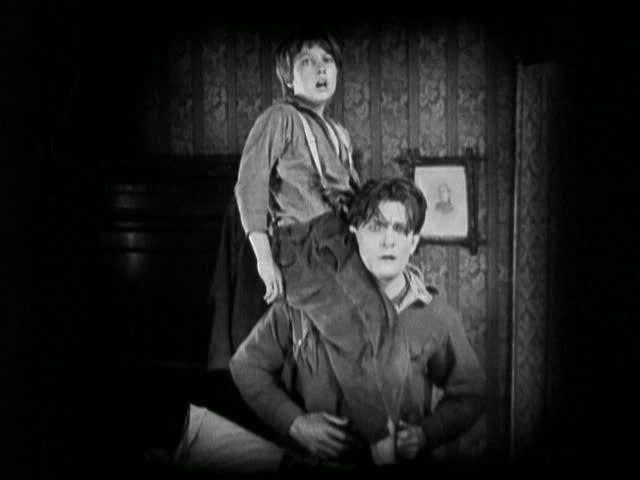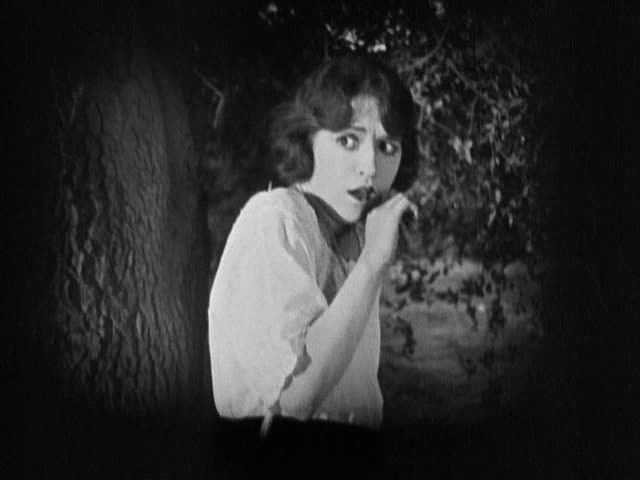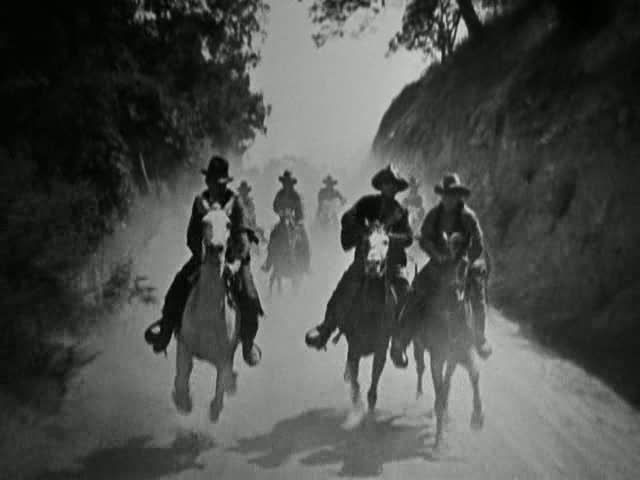
Claude Chabrol's final film, Inspector Bellamy, begins with a dedication and ends with a quote, and in between is one of the French master's most confounding, beguiling and deeply personal films, a morally engaged and somehow almost spiritual study of guilt, blame, and what it means to be "a decent guy." The film's opening dedication is to the "memory of the two Georges," meaning the mystery writer Georges Simenon, whose novels Chabrol has adapted before and whose famous Commissaire Maigret is one obvious inspiration for this film's title character, and Georges Brassens, the singer/songwriter whose music and gravesite haunt this film. The quote at the end is even more telling, a terse sign-off provided by W.H. Auden — "there is always another story, there is more than meets the eye" — that serves as a goodbye and a final statement of purpose from Chabrol himself.
The film is an ambling, lazily paced, darkly comic anti-thriller in which the vacationing famous detective Paul Bellamy (Gérard Depardieu), in the country with his wife Françoise (Marie Bunel), stumbles into a strange mystery. A former insurance agent, Leullet (Jacques Gamblin), contacts Bellamy, eager to confess that he killed a man — actually, that he wanted to kill a man, but it turned out that the man (a bum also played by Gamblin) wanted to die, so he simply allowed the bum to commit suicide. Now it's a high profile case, all over the news, but while the police (including a bumbling inspector who's much discussed but never seen) are busily hunting down Leullet, Bellamy quietly, casually investigates on his own, in his free time, between dinners with his wife and their gay friends and arguments with his resentful, no-good drunkard of a half-brother, Jacques (Clovis Cornillac).

The Leullet case is full of twists and turns and red herrings, and there's a mostly unspoken suggestion, buttressed by that Auden quote, that there's one more devilishly clever twist hidden within the film, eluding even the dogged Inspector Bellamy. Despite this, the film is not really a mystery or a thriller but a character study, using the Leullet case and Bellamy's deceptively casual pursuit of the facts to probe the character of this seemingly likable bear of a man. Depardieu, always something of a big lug, has aged into a veritable mountain, lumbering across the screen, out of breath after ascending a flight of stairs — at times he seems to be collaborating in Chabrol's gentle mockery of the actor's bulk, though he also has a sense of dignity and self-assurance that prevents the film from ever seeming mean-spirited at his expense.
Bellamy, the character, is also dignified and self-assured, or at least he seems to be, though there are periodic cracks in his friendly surface façade. He's haunted by something, some mystery hidden behind his broad, amiable face and his charmingly dogged investigative methods. There are intimations that he has at times been a drunk like his brother, and Jacques' presence causes him to reach for the bottle more frequently again. He's constantly battling with Jacques, although moments later the two very different men — bulky, aging Paul and squat, muscular young Jacques — will laugh, with only traces of bitterness, over some shared and unspoken inside joke. There's also tremendous tension with Françoise, who's sending very mixed signals: she's openly contemptuous of Jacques while urging her husband to be nicer to his brother, and in private moments there's a taut sexual chemistry between Jacques and Françoise that may or may not be a sign of an actual affair. Certainly, the lithe, maturely sexy Françoise is an awkward match for her husband, and his constant affectionate pawing of her body is deliberately silly-looking, though she mostly doesn't seem to mind.

Much as Bellamy hides darker emotions behind a benign exterior, Chabrol's film is about anything but what it seems to be about on its surface. The inspector's involvement in the Leullet case stirs up something in Bellamy regarding his fractious relationship with his self-destructive brother. It's no mistake that the film's first shot and its last shot are mirror images of one another, linking Bellamy's policework with his private, personal traumas. The film is packed with doubles and mirrors, and Bellamy begins seeing himself in his suspect. At one point, the inspector wakes up screaming in the middle of the night, yelling out, "I'm a bastard." Moments later, Chabrol cuts to the inspector (initially blurry, until the image snaps into focus) listening to Leullet say the same thing, but it doesn't seem to be a flashback — the possible murderer is echoing the cop, rather than the other way around, suggesting that Bellamy's not just haunted by his case, but has some guilt of his own weighing on him. Later, that formulation is reversed when Leullet's insistence that he wants to be "a decent guy" prompts Bellamy to ask his wife if he's a decent guy, his uncertainty very obvious. Of course, he's looking in a mirror as he asks the question.
Bellamy is a sharp detective, but not necessarily in his private life. In one great scene, right as he says, "because I happen to face reality from time to time," he stumbles unseeingly towards an open manhole cover and nearly falls in, a strikingly obvious authorial intrusion that contradicts Bellamy's self-assurance, his conviction in his own decency. He's not facing reality; he doesn't even see what's right in front of him, and only his wife stops him from falling into the hole. The symbolism is crushingly obvious, and would seem heavy-handed if not for the dark humor with which Chabrol skewers this big lug's obliviousness.

Implicit in the film is the weight of guilt, and the difficulty of facing death, whether one's own or a loved one's. Death threads through the film right from the opening credits sequence, which weaves through a graveyard — with someone whistling a Brassens tune, off-camera, another clue to unraveling the Laullet mystery — before nudging off a nearby cliffside to take in a car wreck and the grisly, burnt body next to it. The film's final shot mirrors this one with another car wreck before panning up and away to gaze wistfully at the horizon instead, a simple final shot that takes on special significance as the last image of Chabrol's career.
All of this adds up to a typically dense and complex film that might just be the best film of the director's final decade. Witty, twisty, and deceptively casual in its plotting, beneath its surface, Inspector Bellamy is emotionally bracing and morally inquisitive, as surprisingly layered at its protagonist. "There is more than meets the eye," indeed.






